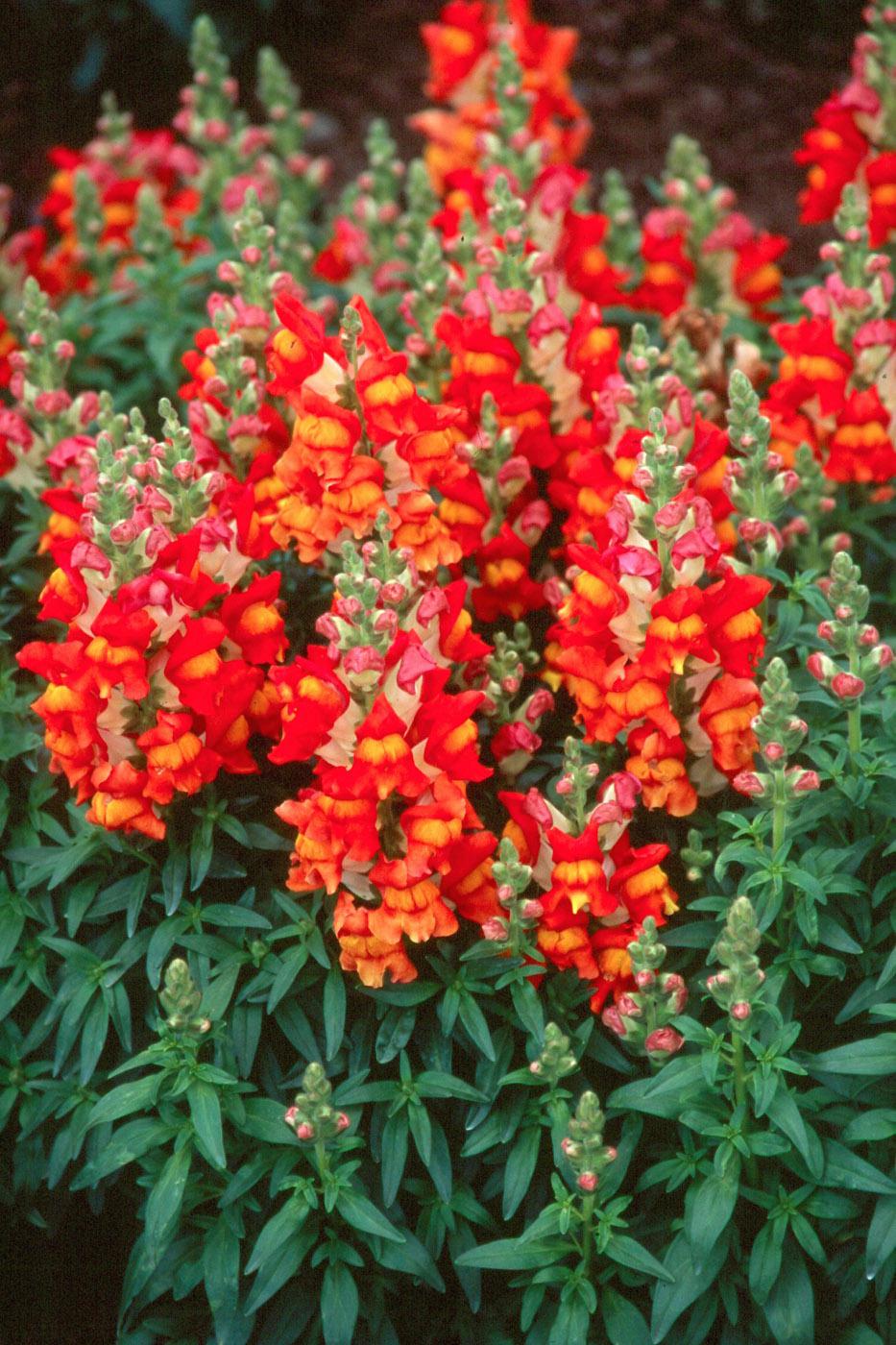

However, snapdragons will also do well in partially sunny spots around the yard. Plant your snapdragons in well-lit flowerbeds for the best flowering results. Antirrhinum majus Lighting Conditions for Snapdragons If you’re lucky, these self-sowing seeds may end up flowering, starting a new bed of snapdragons the following growing season. Your snapdragons will form seed pods during the growing season, and they may drop seeds to the flowerbeds. It’s a good idea to pull them out and start again with new seeds or seedlings. Even if they survive the winter, they likely won’t return with the same robust growth and flowering the following season. If you live in a cool climate further north, your snapdragons will flower all season.ĭon’t expect your snapdragons to survive the winter. You’ll find that snapdragons prefer flowering in the cooler conditions of the late spring and early fall. After the flowers finish blooming, “deadheading” or pinching off the tops of the flowers causes new growth, and you’ll get a second flowering session before the end of the fall. If you want to grow thick and bushy plants, we recommend pinching the flowering spike before starting to flower. We recommend planting them in direct sunlight, but they will also grow and flower in partially shady flowerbeds. Your snapdragons will do well in growing environments with well-draining soil rich in nutrients. This strategy gives your flowers a fast start, reducing the germination phase where birds may eat the seeds before they have a chance to sprout. As a result, many growers decide to purchase seedlings from nurseries instead. If you’re growing from seeds, the plants are somewhat slow-growing.

Typically, large snapdragons attract bumblebees to your yard, as they are the only pollinator with enough strength to prize the flowers apart to capture the pollen. The snapdragon has the botanical name, “Antirrhinum majus.” This name translates to “like a snout,” referring to the flower’s resemblance to the nose of a calf. The snapdragon also has lanceolate leaves arranged in a spiral pattern around the flower spike and stem of the plant. When the bee collects its pollen, it burst from the “jaws” of the flower, creating a spectacular visual. If you look at pollinators like bees engaging with the flowers, they’ll open them up and sometimes climb inside, with the flower swallowing them.

The flowers also create an opening and closing motion during the day, giving the appearance of a dragon snapping its jaws. At the peak of the flowering cycle, the flowers resemble a dragon’s snout. The snapdragon gets its moniker from the shape of its flowers. Use the snapdragon to border your flowerbeds or as a standalone on pots around the patio. These versatile plants offer gardeners a way to add more color and aesthetics to any flowerbed, attracting pollinators to the garden throughout the growing season. Gardeners typically plant them as annuals, and they are a classic staple in many gardens around the world. The snapdragon is a perennial flower with a short life span.


 0 kommentar(er)
0 kommentar(er)
